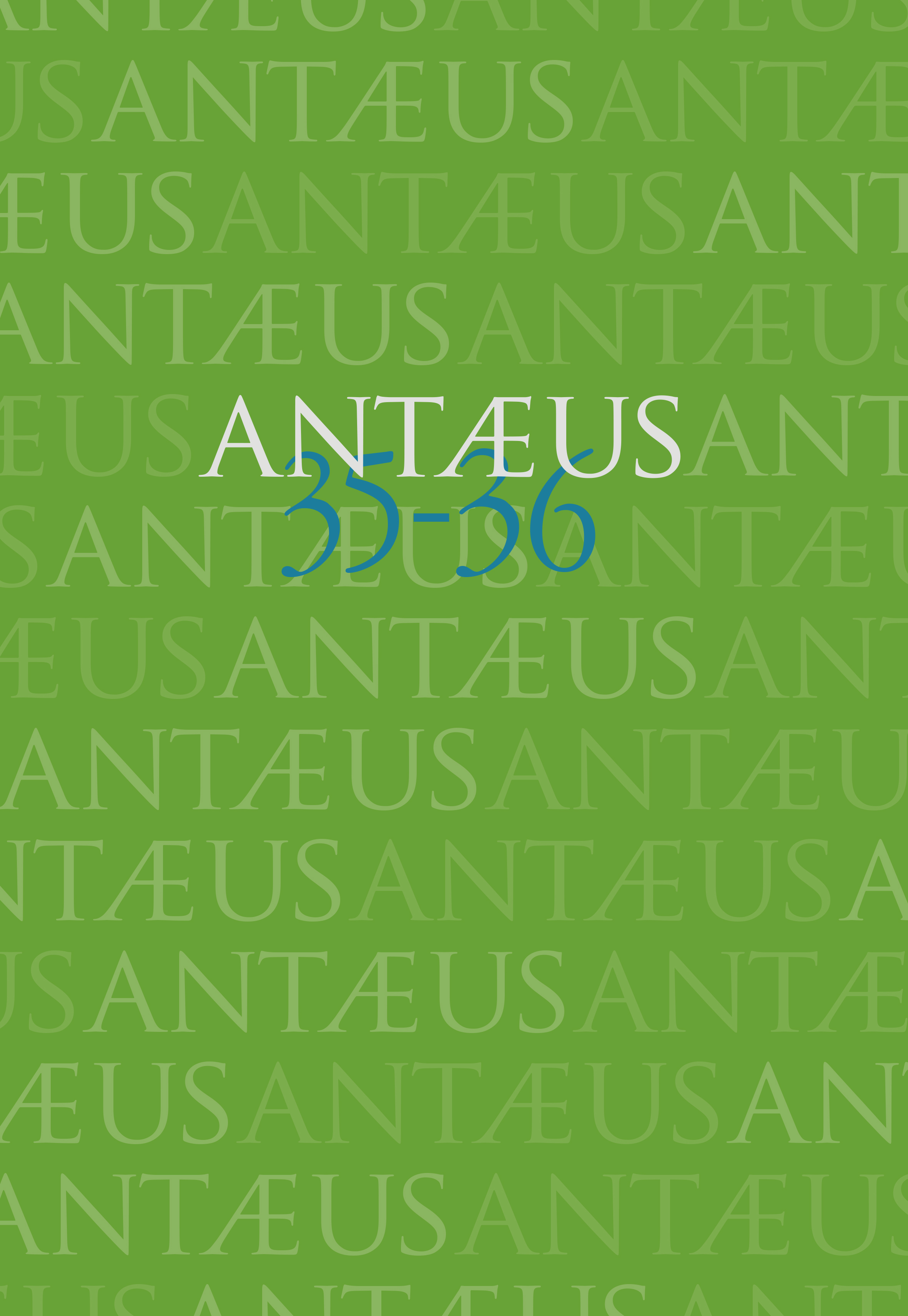|
‚Christianisierung‘ im archäologischen Vergleich: Merowinger- und Mährerreich Sebastian Brather 
AbstractThe comparison of two politically and culturally distinct regions promises interesting insights into the process of Christianisation and its successive phases, and can contribute new aspects to the long-standing debate over this issue. A comparison of this type calls for an approach that views the entire process holistically – from the first contact with Christianity to the emergence of congregations and the establishment of parishes. The grave goods deposited in the burials of the row-grave cemeteries of the Merovingian Kingdom do not directly allude to pagan beliefs, but rather express social rank and status. If the articles in question were simultaneously intended for use in the otherworld, they would not be unusual in Christian milieus either. The Moravian Kingdom fits into the overall picture: the grave goods from the burials in churchyards have Christian and not “syncretistic” connotations. In some cases, the proportion of child burials is strikingly high in the Slavic lands of East Central Europe, which was formerly regarded as a regional, rather than a general phenomenon. Interestingly enough, the highest number of grave goods were found in girls’ burials of infans II age, while in the West, only adults were accorded the full range of grave goods. The differences between “western” and “eastern” Christianity can principally be traced to political conditions. |
![]()



